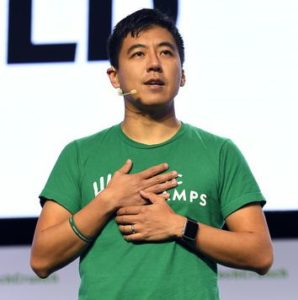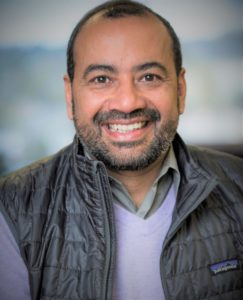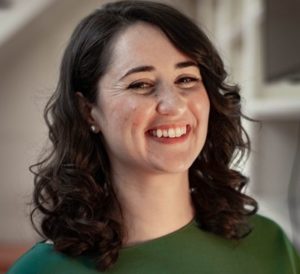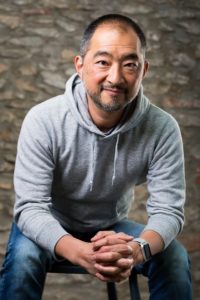Sebastian Siemiatkowski : The Founder of Swedish Buy-Now-Pay-Later Fintech Klarna
There have been many rags to riches story, among which, Jack Ma’s rejection story is on the top. In almost every such story, the people who have succeeded once had difficulty in even earning their one time meal. But as time changes, their hard work takes them to new heights, and they only set up new examples for other people. One such story is of the founder of Klarna, a Swedish version of Paypal, which was founded by Sebastian Siemiatkowski in 2005. Siemiatkowski was not rejected, but had a similar humble background and worked at Burger King. And now, like Ma, he has also established himself as one of the successful entrepreneurs in the tech industry.
Early Life
Sebastian Siemiatkowski met his future partner and friend Niklas Adalberth, at Burger King, where both worked as part-timers. Later, the two went on to join the Stockholm School of Economics to pursue a graduate degree in Economics. At the college, they even met the third co-founder of Klarna, Victor Jacobsson.
The two while studying and working together always discussed new startup ideas, but none of them was sure about what they should really do. During their college, they decided to take a year’s off and travel the world without flying. The two went to explore the world through road trips and on ships. This way, they got extra time to think about their career.
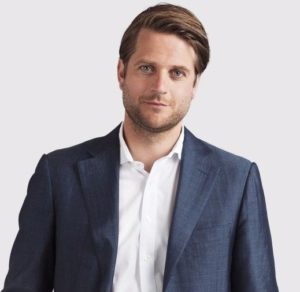
Founding Klarna
While back from the trip, Siemiatkowski joined sales job and came across the emerging concept of e-Commerce. While working with the sales department, he got to know that it is quite difficult to sell things online, as people do not trust the online payment systems. This problem later became the basis for Klarna.
Siemiatkowski discussed the problem with Niklas and decided to build a new payment system for people to make the purchases. Jacobsson also joined in, and they participated in the Stockholm School of Economics annual entrepreneurship award with the idea. Though Siemiatkowski and his partners had a lot of faith in the idea, it could not make to the finals. In fact, it was one of the lasts. But Jane Walerud, an angel investor, showed interest in the idea and invested in it. He even helped the three co-founders to meet a good development team.
Finally, in the mid of 2005, Siemiatkowski along with his partners founded Klarna and opened its first office in Sweden. They started by offering the option of paying for the goods after receiving them. This led the consumers to trust Klarna faster, as they were hesitant about buying things online. But with Klarna, they could pay after deciding if they wanted to keep the goods.
The Success
The company received another investment from AB Öresund in 2007. In 2010, the company expanded its services to Norway, Finland, Denmark, Germany, and the Netherlands. The same years, Klarna also received investment from Sequoia Capital, and the company’s revenue raised by 80%.
In 2011, the company was named as one of Europe’s 100 most promising young tech companies by The Telegraph. In a round of funding, led by General Atlantic Klarna raised a $155M investment. The company also acquired the Israeli company Analyzd specialising in risk management and online payments. Klarna then expanded its services to the US. This expansion has contributed a lot to the growth of Klarna. In the same year, the company’s revenues made it one of the Unicorns in the country.
By 2018, the company registered around 60M users, and around 90,000 online merchants were using Klarna to carry out their payments. In the latest round of funding held in 2019, Klarna raised $460 million, Dragoneer Investment Group, Commonwealth Bank of Australia, HMI Capital, Merian Chysalis Investment Company Limited being the major investors. This funding round made the company value at $5.5 billion, and it became the largest fintech start-up in Europe.
Through the story of Klarna, we definitely can say that hard work can really change one’s life if it is put in the right direction.

Yashica is a Software Engineer turned Content Writer, who loves to write on social causes and expertise in writing technical stuff. She loves to watch movies and explore new places. She believes that you need to live once before you die. So experimenting with her life and career choices, she is trying to live her life to the fullest.


